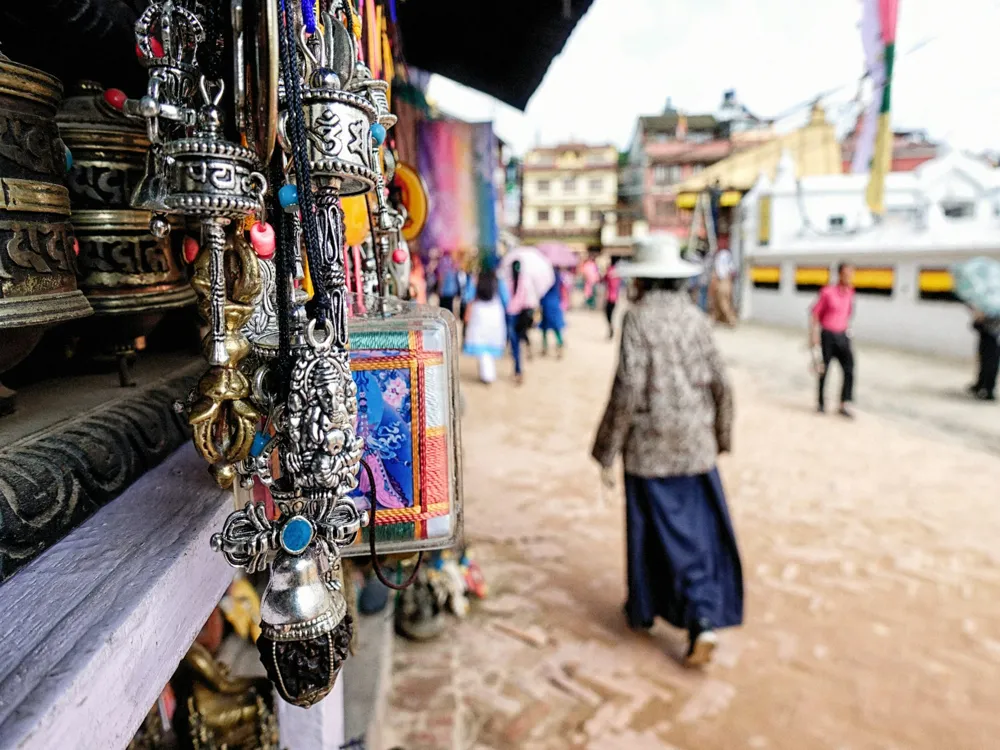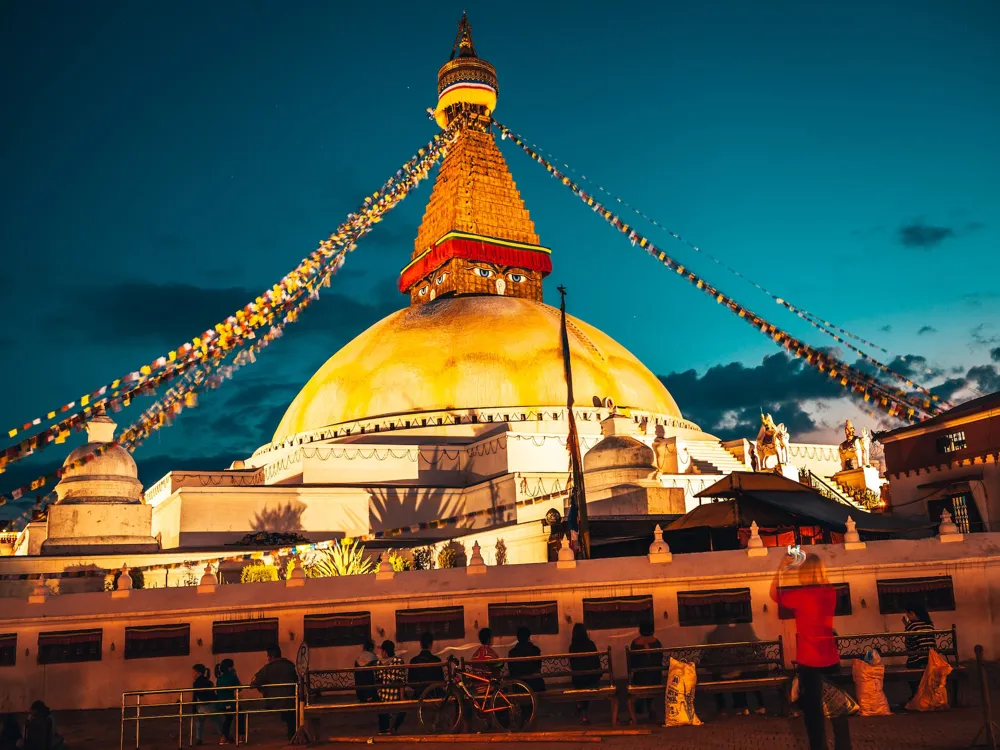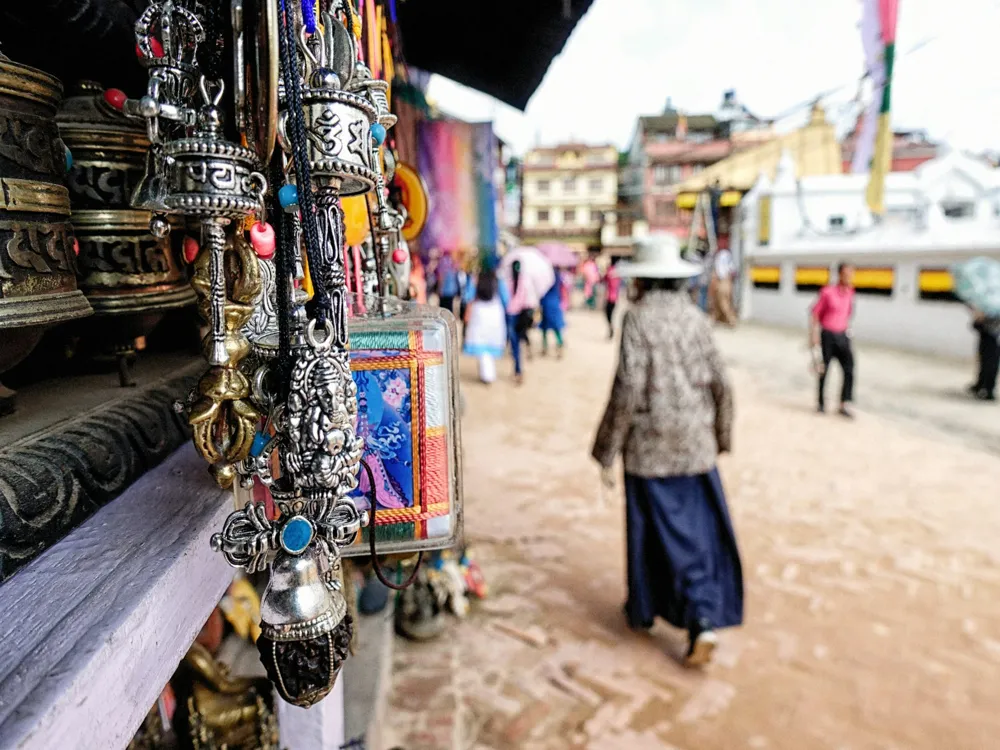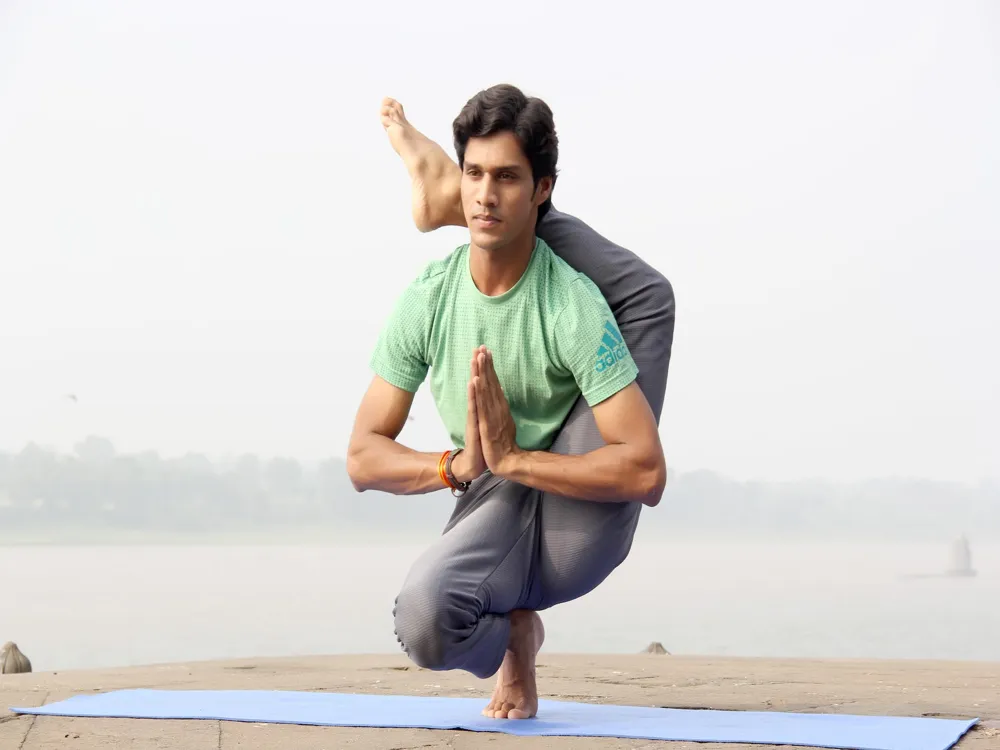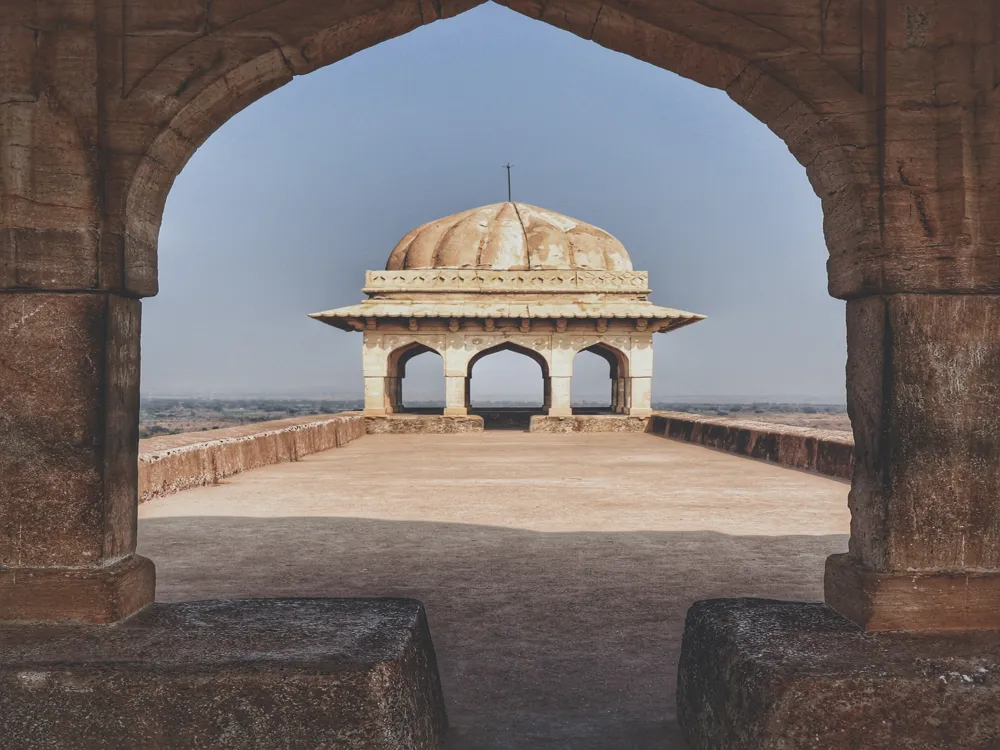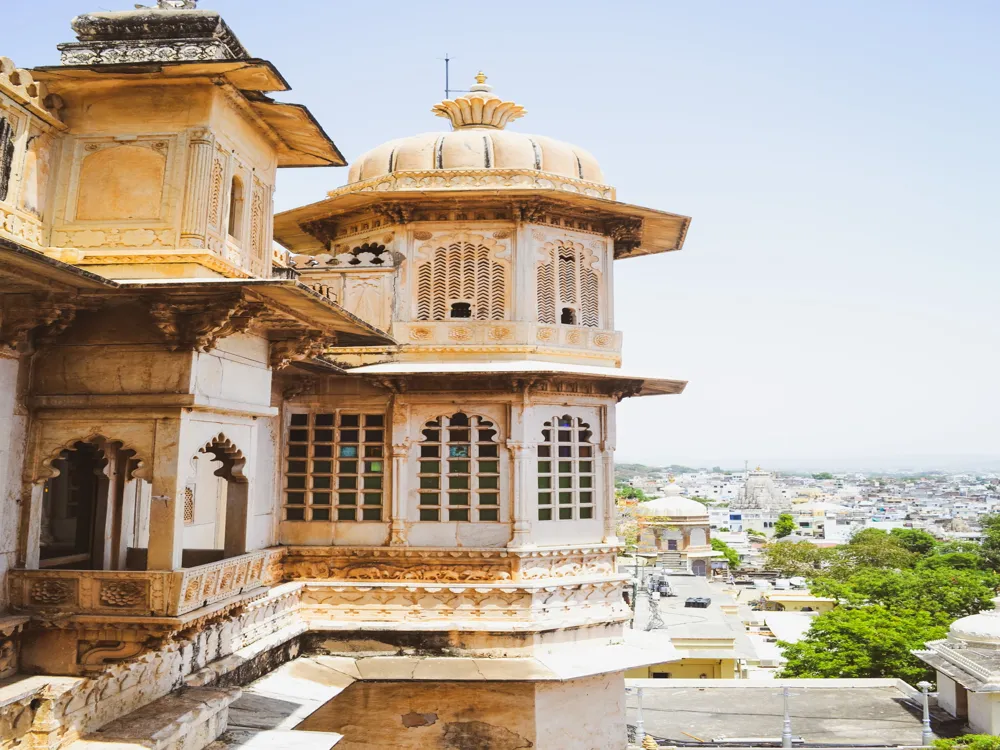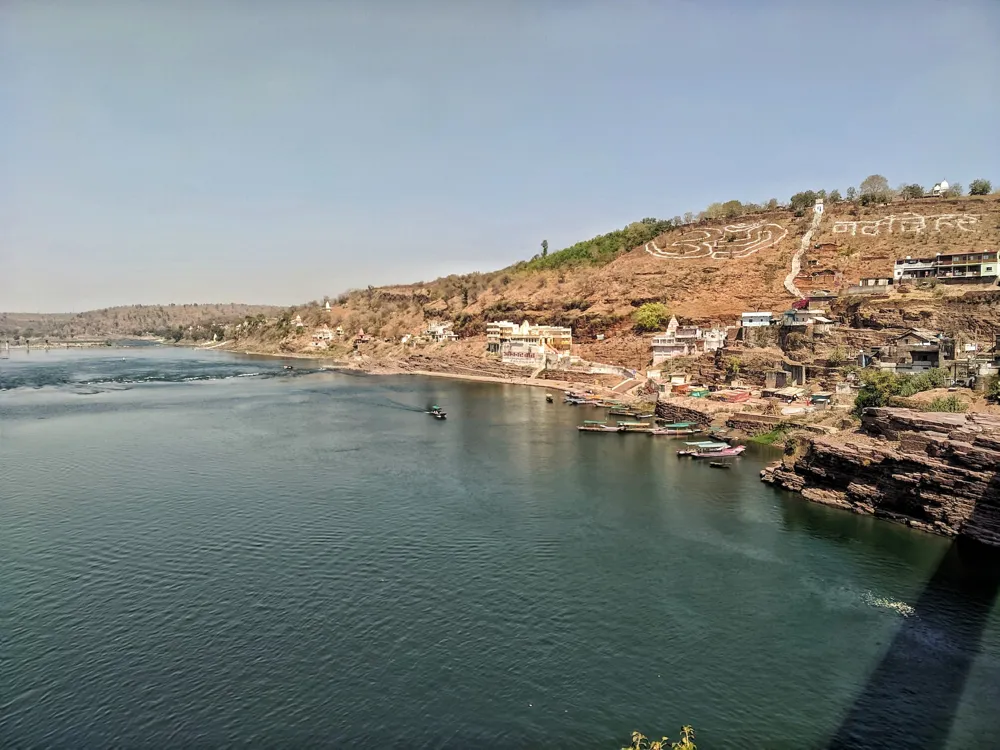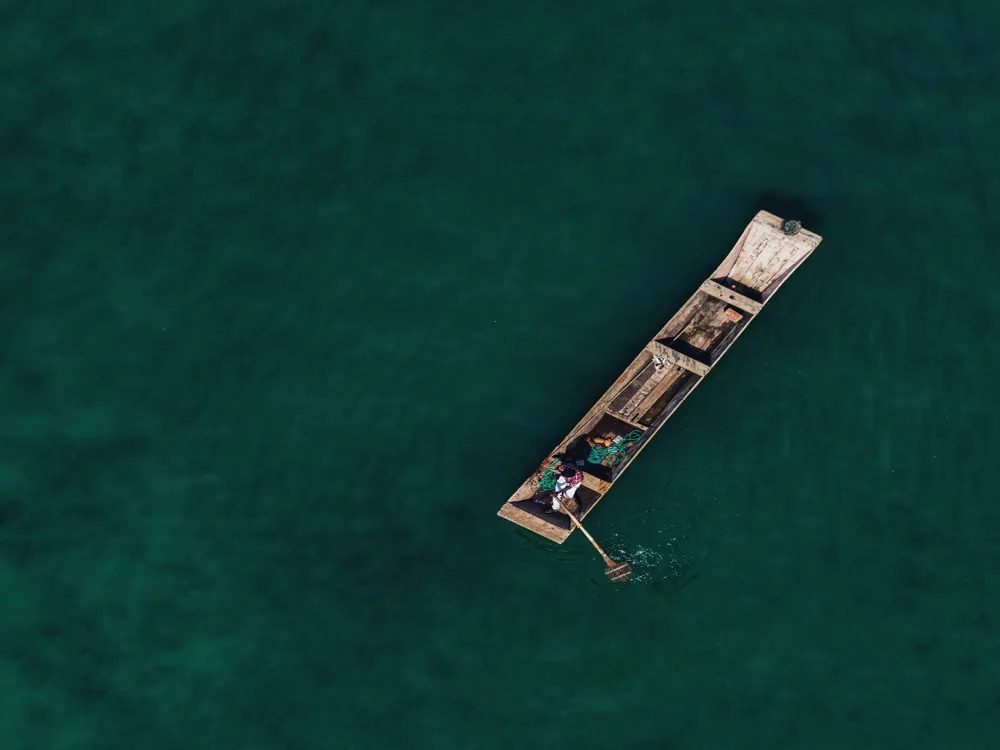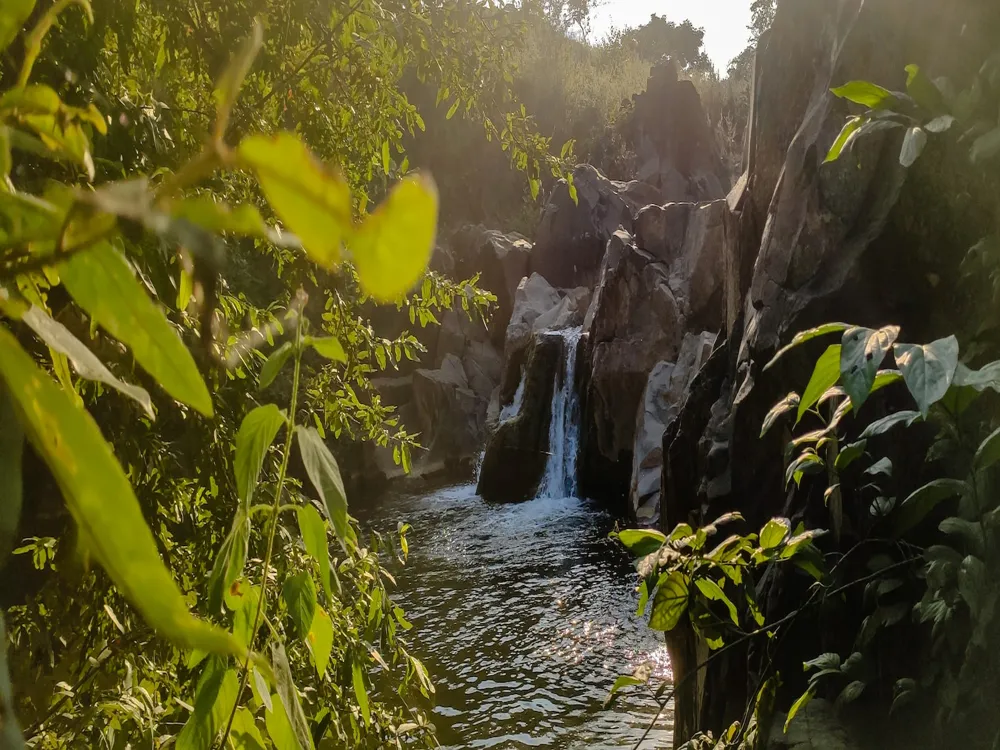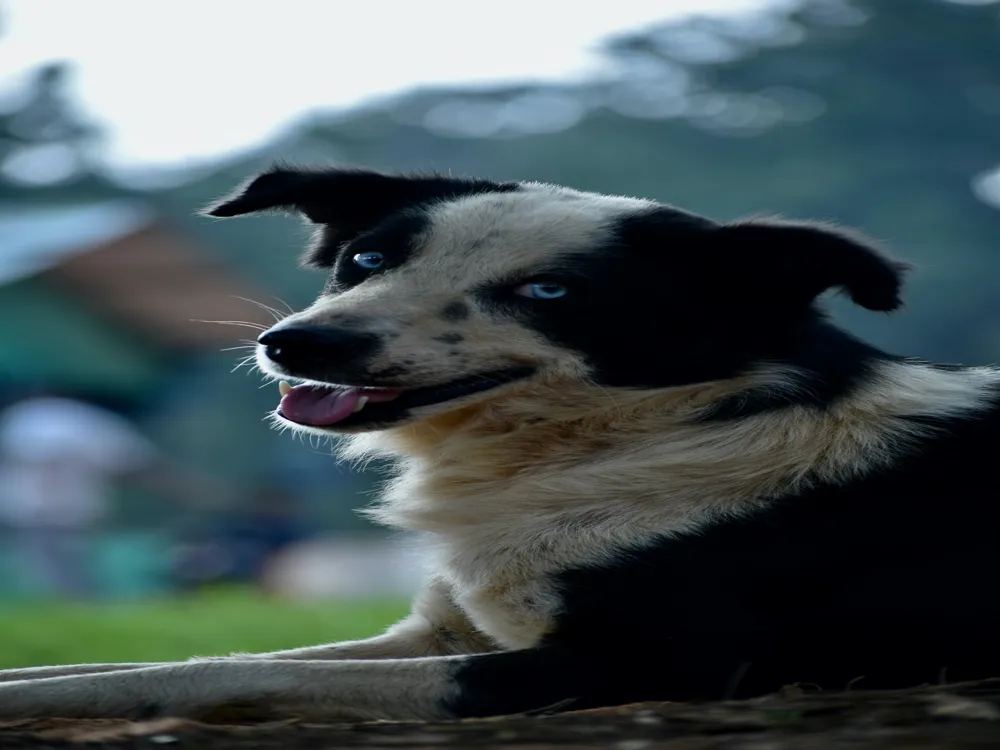Nestled in the heart of Kathmandu, the capital city of Nepal, Kathmandu Durbar Square stands as a spectacular testament to the region's rich history and cultural heritage. This UNESCO World Heritage Site, also known as Hanuman Dhoka Square, is an exemplary showcase of Newari architecture, which flourished during the reigns of the Malla and Shah Kings who ruled over the city. Kathmandu Durbar Square was not only the center of the city's political life but also a nexus of religious and cultural activities, making it a vital landmark for both locals and tourists alike. The history of Kathmandu Durbar Square is as captivating as its architecture. Dating back to the third century, the square has witnessed numerous historical events, including the royal coronations of Nepali monarchs. The square's name, 'Hanuman Dhoka', is derived from the statue of Hanuman, the monkey god, which is located at the entrance of the royal palace. This reflects the square's deep-rooted connection with Hindu mythology and religion. The square's architecture is a blend of pagoda and shikhara styles, unique to the region. The buildings within the square are adorned with intricately carved wooden windows and panels, which display the craftsmanship of the Newar artists. The most notable structures include the Taleju Temple, built by King Mahendra Malla in 1549 AD, the Jagannath Temple, known for its exquisite carvings, and the Kasthamandap, from which the city of Kathmandu derives its name. Apart from its architectural marvels, Kathmandu Durbar Square is also a hub for cultural festivities. Throughout the year, various festivals, such as Indra Jatra and Dashain, are celebrated with grandeur, drawing in crowds of both locals and tourists. These festivals offer a glimpse into the traditions and customs that have been preserved over centuries. The earthquake of 2015 caused significant damage to many of the historic buildings in the square, but restoration efforts have been underway to bring back the glory of this ancient site. The resilience of Kathmandu Durbar Square is a testament to the enduring spirit of the Nepali people and their dedication to preserving their heritage. The architecture of Kathmandu Durbar Square is a remarkable amalgamation of religious, cultural, and historical elements, making it a masterpiece of Nepalese artistry. The square's layout and structures are representative of the Newar architecture, which is native to the Kathmandu Valley. This architectural style is characterized by its multi-tiered temples, intricately carved wooden windows, and brick and stone structures. One of the square's architectural jewels is the Taleju Temple. Constructed in the 16th century, this three-tiered temple stands as a symbol of the royal family's dedication to the goddess Taleju Bhawani. The temple's architecture is a blend of both Hindu and Buddhist styles, with its pagoda-style structure and intricate carvings depicting various deities and mythical creatures. Another significant structure is the Kumari Ghar, or the residence of the Living Goddess. This three-storied building, with its beautifully carved wooden balconies and window frames, is a fine example of traditional Newari architecture. The Kumari, a young girl chosen as the living embodiment of the goddess Taleju, resides here, and her presence adds a unique spiritual dimension to the square. The Kasthamandap, a building that lent Kathmandu its name, is another architectural marvel. Built from the wood of a single tree, this structure was renowned for its craftsmanship and historical significance until it was severely damaged in the 2015 earthquake. However, efforts to restore it to its former glory are reflective of the importance of preserving such heritage sites. The courtyards, such as the Hanuman Dhoka and Nasal Chowk, are other notable architectural features. These courtyards have been the venues for various royal ceremonies over the centuries and are adorned with statues, fountains, and intricate carvings, showcasing the artistry of the Newar craftsmen. The blend of Hindu and Buddhist elements in the square's architecture is a testament to the religious harmony prevalent in Nepal. The square features several stupas and temples dedicated to various Hindu deities and Buddhist figures, which are visited by thousands of devotees annually. The best time to visit Kathmandu Durbar Square is during the early mornings or late afternoons to avoid the midday heat. Autumn (September to November) and spring (March to May) are ideal seasons for visiting, offering clear skies and pleasant weather. Visitors are advised to dress modestly and respect the local customs. It's important to remove shoes before entering any temple and refrain from touching any religious artifacts or monuments. Photography might be restricted in certain areas, so it's advisable to look out for signs or ask for permission. Opting for a guided tour can enhance the experience, as knowledgeable guides provide insights into the history and architecture of the square. Audio guides are also available for those who prefer self-guided tours. The area around Durbar Square is filled with shops and eateries where visitors can enjoy local Nepalese cuisine and buy traditional handicrafts. Trying the local delicacies and shopping for souvenirs can be a memorable part of the visit. While photography is allowed, it's important to be respectful when taking photos, especially of the local people and religious ceremonies. Always ask for permission before photographing individuals. Kathmandu Durbar Square is easily accessible from various parts of Kathmandu. For international visitors, Tribhuvan International Airport is the nearest airport. From there, one can take a taxi or a local bus to reach the square. For those staying in Kathmandu, the square is within walking distance from many central areas or a short ride by taxi or rickshaw. It's advisable to check the latest local transport updates before planning the visit. Read MoreOverview of Kathmandu Durbar Square
Architecture of Kathmandu Durbar Square
Tips When Visiting Kathmandu Durbar Square
Best Time to Visit
Respecting Local Culture
Guided Tours
Local Cuisine and Shopping
Photography Etiquette
How To Reach Kathmandu Durbar Square
Kathmandu Durbar Square
Kathmandu
₹ 11,658 onwards
View kathmandu Packages
Weather :
Tags : Monument
Timings : 10:00 AM - 5:00 PM every day
Closed on Saturday
Entry Fee : Foreigners - NPR 1000,
SAARC country citizens - NPR 200,
Students - No Entry Fee
Planning a Trip? Ask Your Question
Kathmandu Travel Packages
View All Packages For Kathmandu
Top Hotel Collections for Kathmandu

Private Pool

Luxury Hotels

5-Star Hotels

Pet Friendly
Top Hotels Near Kathmandu
Other Top Ranking Places In Kathmandu
View All Places To Visit In kathmandu
View kathmandu Packages
Weather :
Tags : Monument
Timings : 10:00 AM - 5:00 PM every day
Closed on Saturday
Entry Fee : Foreigners - NPR 1000,
SAARC country citizens - NPR 200,
Students - No Entry Fee
Planning a Trip? Ask Your Question
Kathmandu Travel Packages
View All Packages For Kathmandu
Top Hotel Collections for Kathmandu

Private Pool

Luxury Hotels

5-Star Hotels

Pet Friendly







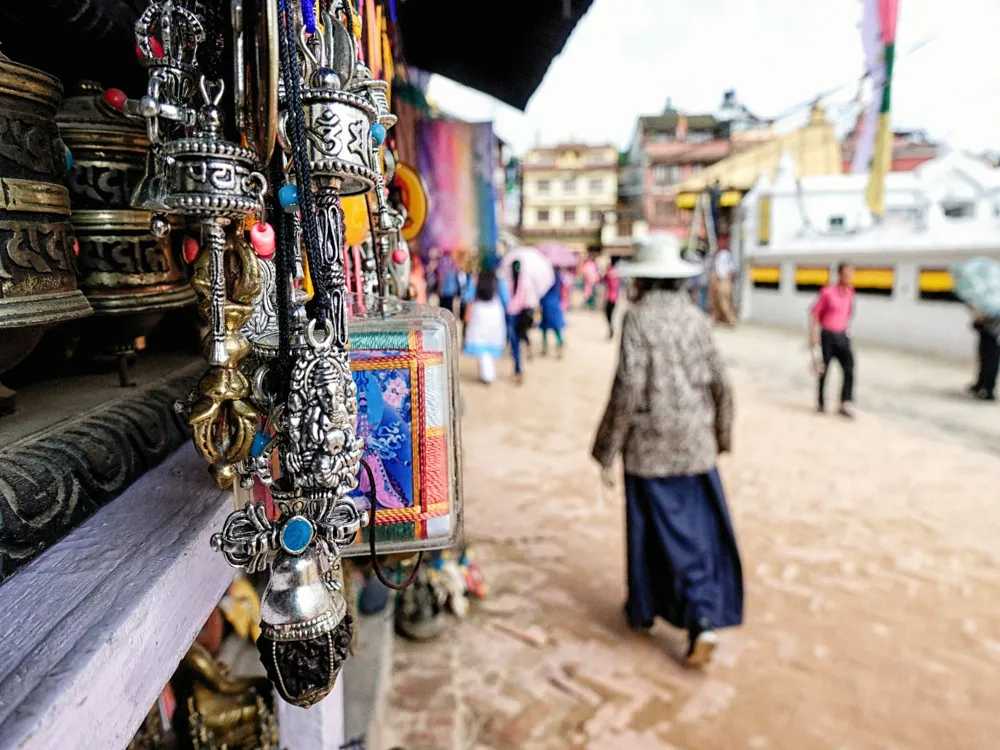
/asan-bazar-asan-tole-slider-1.webp)
